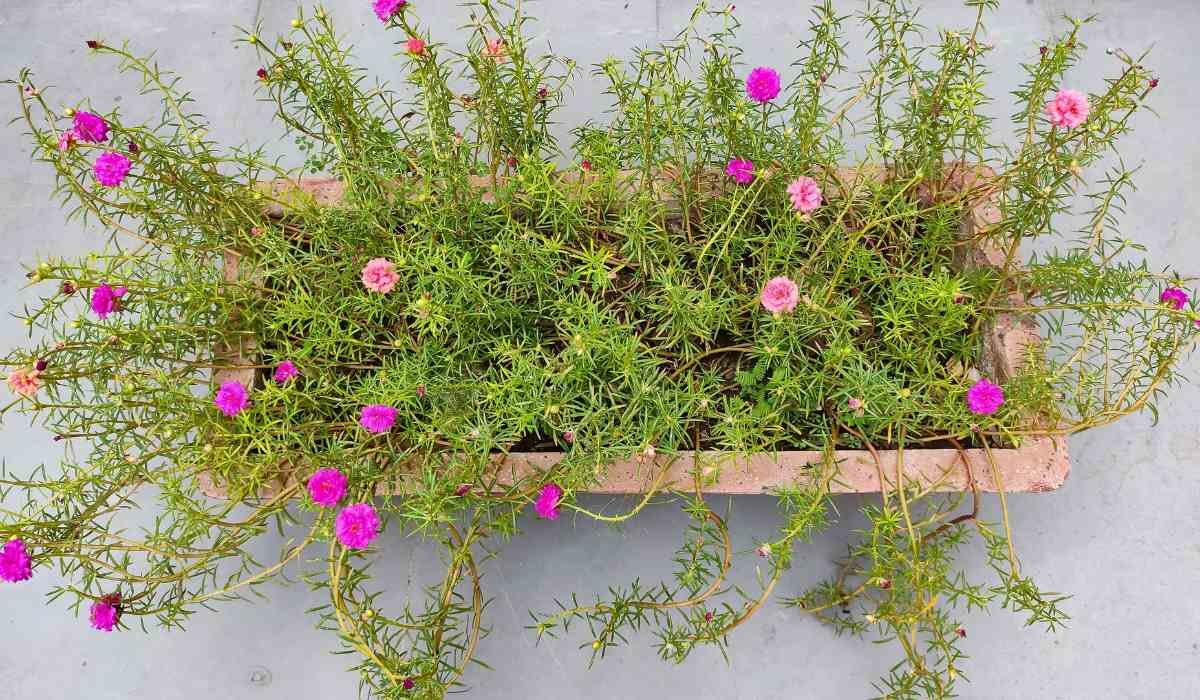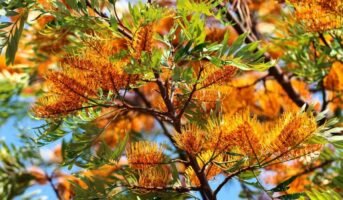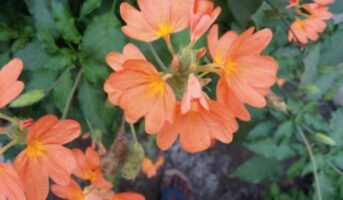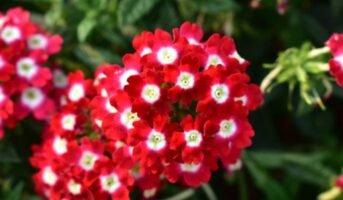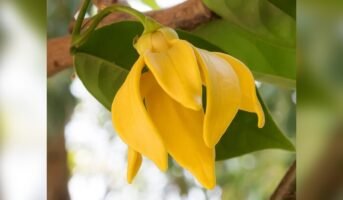Table rose plants (Portulaca grandiflora) are attractive annual succulents that do not return the following year. Table rose plant, which is native to South America, grows between 3 and 9 inches tall and forms a dense mat, making it an excellent choice for a succulent ground cover.
The blooms are available in a variety of vibrant hues and frequently have ruffled petals resembling small roses. The flowers develop in clusters on reddish stems and do not typically emerge during cloudy days or at night. Table rose plant is best planted once the threat of frost has gone in the spring. Due to the fact that all components of this plant are toxic to canines and felines, gardeners should be cautious about where they grow the plant.
See also: How to grow and take care of Desert Rose?
Table rose plant: Key facts
| Common name | Table rose plant, moss rose |
| Botanical name | Portulaca grandiflora |
| Height | 3-9 inches tall |
| Soil | Sandy, well-drained |
| Water | Moderate |
| Sun | Full sun |
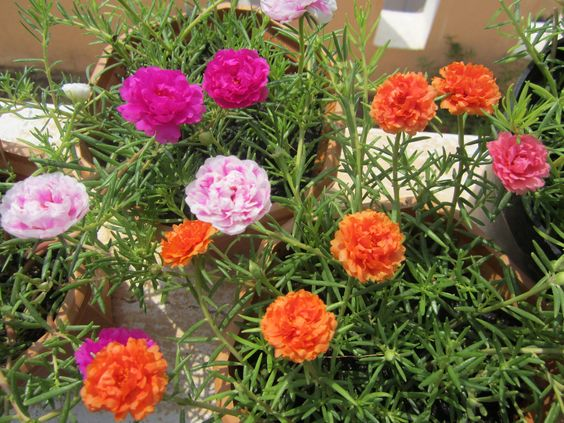
Source: Pinterest
Known about Button Rose
Table rose plant: Physical features
Table rose plant is a South American annual with a modest growth rate. The mat-forming plant has succulent, fleshy, and narrow leaves and grows to a height of 8 inches and a width of 1 foot. Red, orange, yellow, white, and various pastel hues make up the single, semi-double, and double blossoms. The flowers do not bloom on overcast or wet days, and they close between sunset and sunrise.
Table rose plant: How to propagate
From cuttings
Table rose plants, like the majority of succulent plants, are easily propagated by cuttings. Cuttings root rapidly, and the majority of gardeners have remarkable success with propagation techniques. This is how:
- Use clean, sharp shears to take a cutting from a mature, established plant that has flowered for at least one season. The cutting must be a minimum of four inches in length and contain at least one node.
- Remove any flowers and leaves from the cutting.
- Place the cutting in a small bowl of water while you prepare the remaining components.
- In a small container, combine moist sand, soil, and peat moss with adequate drainage.
- Using a minimum of three inches of earth, bury the stem cut-side down.
- A plastic bag or other moisture-retaining material should be used to cover the pot.
- Place the cutting in an area with bright filtered light and a temperature between 65 and 75 degrees Fahrenheit. Occasionally water the soil until it is slightly damp. Within two weeks, cuttings should root, at which point they can be cared for as usual table plants.
From seeds
If you are growing table rose plants from seeds, you can either start them inside six to eight weeks before your area’s last frost date, or you can plant them outdoors after the last frost date.
Add the seeds to slightly moist soil and just cover them; for germination, the seeds require light. Keep the soil slightly damp until the seedlings emerge (germination should take approximately two weeks), then water the plants only when the top inch of the soil is dry.
If you are growing plants inside, keep the seedlings near a bright window.
Table rose plant: Maintenance
Light
To appear and blossom their best, table rose plants require at least six to eight hours of direct sunlight on the majority of days. If you attempt to cultivate them in a shaded location, they will not produce flowers, and the ones they do produce will likely not open.
Soil
These plants require great drainage and a sandy or rocky soil composition to grow. If your garden bed contains clay soil, grow table plants in containers instead of attempting to enhance the drainage of the clay soil. The plant might easily perish if the soil absorbs too much water.
Water
Table rose plant plants have low water requirements but are not quite as drought-resistant as cacti. The plants can endure periods of drought, but (well-drained) soil moisture is typically required for optimal flowering. Plan to water the plant if there is an extended period without precipitation; as a general rule, one deep watering per week throughout the hot summer months should be sufficient.
Temperature and humidity
Table rose plants, native to Brazil, Uruguay, and Argentina, prefer high temperatures and low humidity. As long as it is frost-free, it can survive cool, damp spring conditions. The best development (and flowering) will only occur once the summer heat arrives. table plants are sensitive to frost and will certainly perish with the first severe freeze in the winter (if not earlier).
Fertiliser
These plants can endure poor soil conditions; thus, they normally do not require fertilisation. However, supplying the plant with a balanced, slow-release fertiliser at the time of planting can encourage healthy development and abundant flowering. Additionally, you can fertilise twice during the plant’s growing season, this time using a phosphorus-rich mixture for more abundant flowers.
Common plant pests and diseases
There are no significant insect or disease issues with table plants, though aphids may occasionally cause problems in the spring. With aphids, you may observe a sticky material on the leaves as well as yellowing and wilting foliage. To cure the problem, apply insecticidal soap to the afflicted plants.
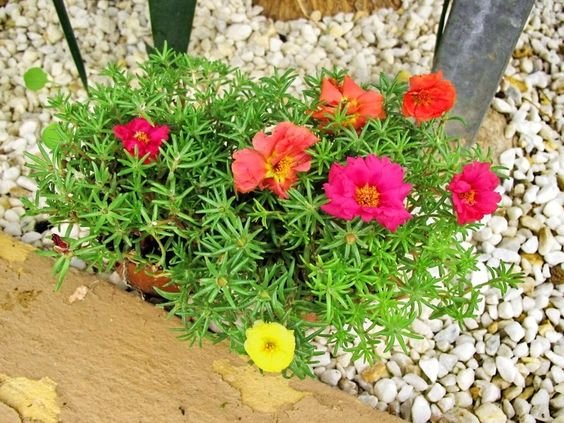
Source: Pinterest
Table rose plant: Toxicity
Portulaca plants contain calcium oxalates that are soluble and harmful to dogs and cats.
Table rose plant: Uses
- Utilise table plants in a rock or crevice garden, at the front of the border, in containers and hanging planters, or allow it to cascade down a wall.
- It is utilised in the treatment of hepatitis, liver cirrhosis with ascites, pharyngeal oedema, and discomfort.
- Fresh leaf and stem juice is administered topically to snake and insect bites, burns, scalds, and eczema as a lotion.
- Seeds can be pounded into a powder for use in soups and other dishes.
FAQs:
What is a table rose?
Table rose, also known as table plant, is an annual ground cover with flowers of many different colours.
What is the botanical name of the table rose plant?
Portulaca grandiflora is the botanical name of the table rose plant.
Housing News Desk is the news desk of leading online real estate portal, Housing.com. Housing News Desk focuses on a variety of topics such as real estate laws, taxes, current news, property trends, home loans, rentals, décor, green homes, home improvement, etc. The main objective of the news desk, is to cover the real estate sector from the perspective of providing information that is useful to the end-user.
Facebook: https://www.facebook.com/housing.com/
Twitter: https://twitter.com/Housing
Email: [email protected]
